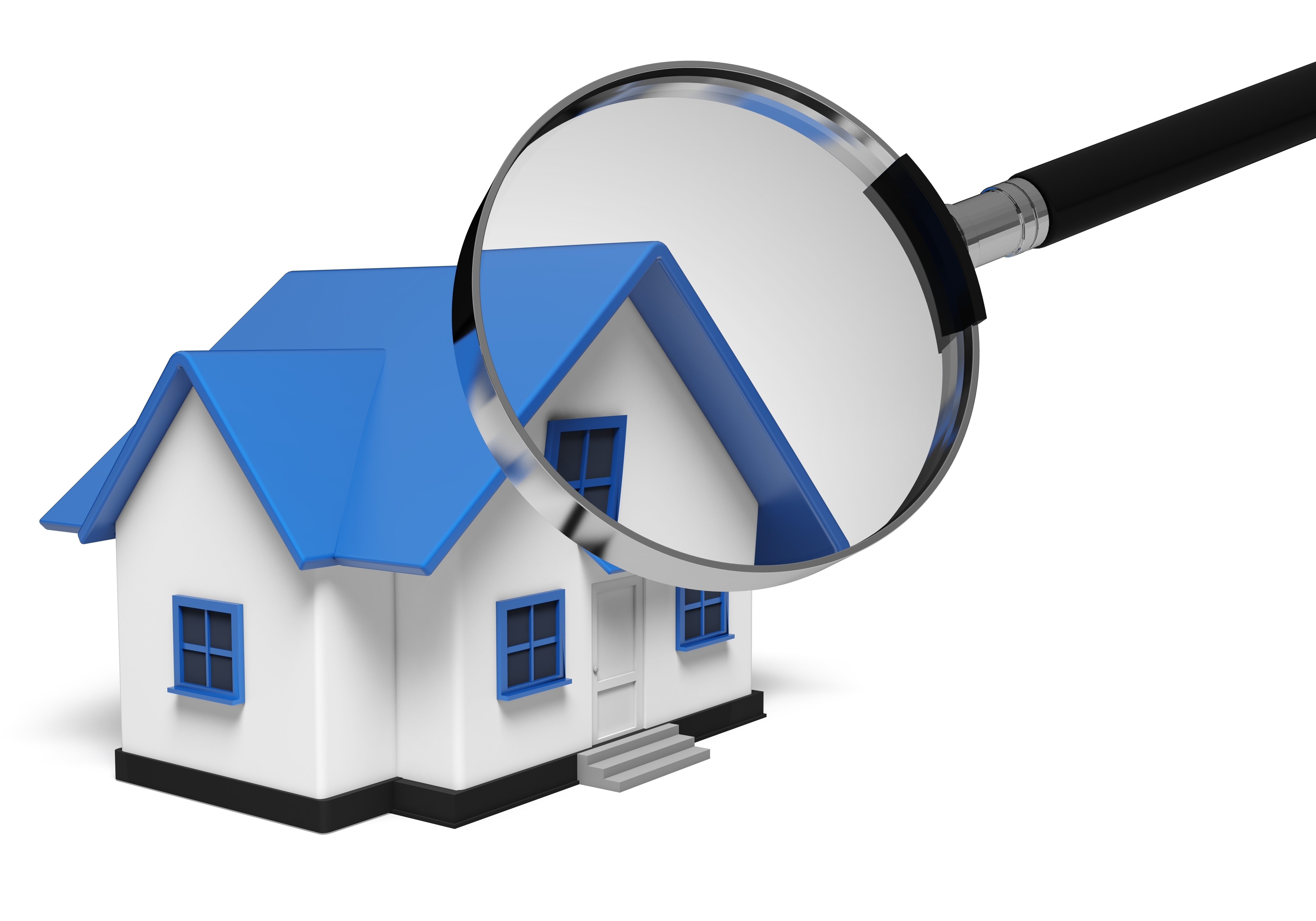
An Overview of the Appraisal ProcessPurchasing a home is the most serious financial decision most people will ever consider. Whether it's a main residence, an additional vacation property or one of many rentals, the purchase of real property is a complex transaction that requires multiple people working in concert to see it through. The majority of the parties participating are very familiar. The most familiar person in the transaction is the real estate agent. Next, the mortgage company provides the financial capital required to fund the deal. And ensuring all aspects of the exchange are completed and that a clear title transfers from the seller to the purchaser is the title company. So, who's responsible for making sure the value of the real estate is consistent with the purchase price? This is where you meet the appraiser. We provide an unbiased opinion of what a buyer might expect to pay — or a seller receive — for a property, where both buyer and seller are informed parties. A licensed, certified, professional appraiser from Ohio City Consulting, LLC will ensure, you as an interested party, are informed. Inspecting the subject propertyTo determine the true status of the property, it's our responsibility to first complete a thorough inspection. We must see aspects of the property hands on, such as the number of bedrooms and bathrooms, the location, living areas, etc, to ensure they really are present and are in the shape a typical buyer would expect them to be. The inspection often includes a sketch of the property, ensuring the square footage is accurate and conveying the layout of the property. Most importantly, we identify any obvious features - or defects - that would affect the value of the property. Following the inspection, an appraiser uses two or three approaches to determining the value of the property: a sales comparison, a replacement cost calculation, and an income approach when rental properties are prevalent. 
Replacement CostThis is where the appraiser pulls information on local building costs, labor rates and other factors to figure out how much it would cost to replace the property being appraised. This estimate commonly sets the upper limit on what a property would sell for. It's also the least used method. 
Paired Sales AnalysisAppraisers get to know the communities in which they appraise. They thoroughly understand the value of particular features to the residents of that area. Then, the appraiser researches recent sales in close proximity to the subject and finds properties which are 'comparable' to the real estate being appraised. Using knowledge of the value of certain items such as remodeled rooms, types of flooring, energy efficient items, patios and porches, or extra storage space, we add or subtract from each comparable's sales price so that they are more accurately in line with the features of subject.
Once all necessary adjustments have been made, the appraiser reconciles the adjusted sales prices of all the comps and then derives an opinion of what the subject could sell for. At Ohio City Consulting, LLC, we are experts when it comes to knowing the worth of particular items in Cleveland and Cuyahoga County neighborhoods. This approach to value is typically given the most weight when an appraisal is for a home sale. Valuation Using the Income ApproachA third method of valuing a house is sometimes used when an area has a reasonable number of rental properties. In this situation, the amount of revenue the property yields is taken into consideration along with income produced by similar properties to determine the current value. ReconciliationAnalyzing the data from all applicable approaches, the appraiser is then ready to put down an estimated market value for the property at hand. It is important to note that while the appraised value is probably the most reliable indication of what a house is worth, it may not be the price at which the property closes. Prices can always be driven up or down by extenuating circumstances like the motivation or urgency of a seller or 'bidding wars'. But the appraised value is often employed as a guideline for lenders who don't want to loan a buyer more money than the property is actually worth. The bottom line is, an appraiser from Ohio City Consulting, LLC will help you attain the most accurate property value, so you can make the most informed real estate decisions. |